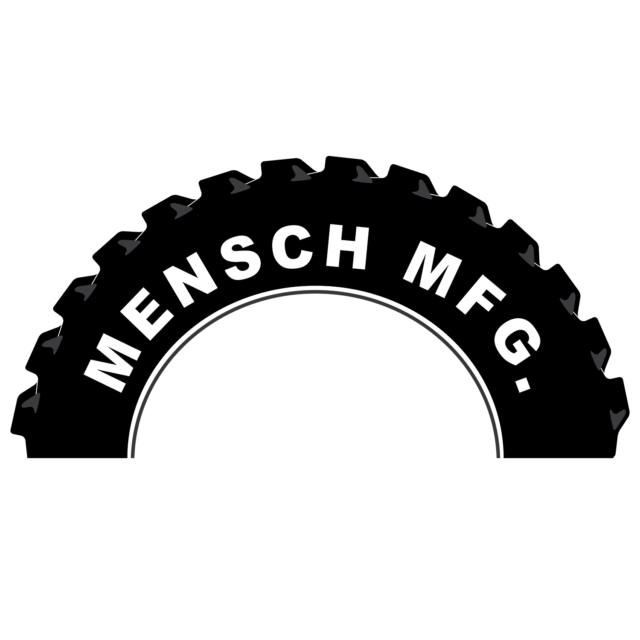This month’s VAS DC305 tip of the month is on heat stress. We are entering into that time of year where heat abatement is extremely important. Cows that suffer from heat stress will produce less milk, conceive less often, stand longer and become lame, eat less, have smaller calves and are more susceptible to diseases.
Fortunately, the effects of heat stress can be reduced with the proper ventilation systems and effective cow cooling strategies. The economic loss due to heat stress is huge and varies by location. Effects of heat stress can set in at temperatures as low as 68ºF, depending on the relative humidity, which is also a factor in heat stress. So heat abatement is extremely important over the next few months. Keep the hours in the day in which cows are experiencing heat stress as low as possible.
Even though some of the effects of heat stress will be seen in the days and months to follow, DairyComp 305 can help you monitor and see trends. I am going to discuss how you can monitor and also see the effect heat stress is having on your dairy herd.
Milk production
First, look at milk production. You will see a decrease in milk production in times of heat stress, but it is not always immediate. The decrease is greater a few days after the heat stress. To see the effect that heat stress is having on your dairy, you can look at a number of different summaries and graphs.
Click on the images below to view them in more detail.
If you are interfacing daily milk weights from your parlor into DC305, you can look at daily milk weights, which will be immediate (see Figure 1). If you are not getting milk weights from a milking system, then you will have to use DHI milk weights, which will only be for the day of testing, not showing immediate drops in production (see Figure 2).
Reproduction
Next is how heat stress affects reproduction. Heat stress will affect conception both immediately and in the following months. BREDSUM is the key to looking at reproduction. You are able to use the BREDSUM\R to look at weekly conception risks (see Figure 3). If you see red bars that mean you are having a possible conception problem, you are having to rebreed an abnormal number of animals.
Lameness
Longer periods of standing due to heat stress can increase the incidence of lameness. To monitor your lameness and see the effect of heat stress, use a graph of lameness incidence, EGRAPH LAME (see Figure 4).
Dry matter intake
If you are using feed management software like FeedWatch, you will be able to track your DMI (dry matter intakes). Heat stress will cause the cows to eat less, so they reduce the amount of heat they generate. By monitoring your DMI, you will be able to see when that drop occurs (see Figure 5).
Calves
By using the DC305 calf table, you are able to see death loss of calves being born – EVENTS\3 or EVENTS BY LCTGP\3 (see Figure 6).
Weighing the calves is also helpful for monitoring their growth. There is research stating calves born small because of heat stress will continue to have a difference in weight through the weaning period (see Figure 7).
So in summary, heat abatement will be crucial in the next few months. Do what you can to keep the cows cool for as many hours in the day as possible. This will lead to less of an economic impact on your dairy and happier, more comfortable cows.
– Article submitted by VAS











